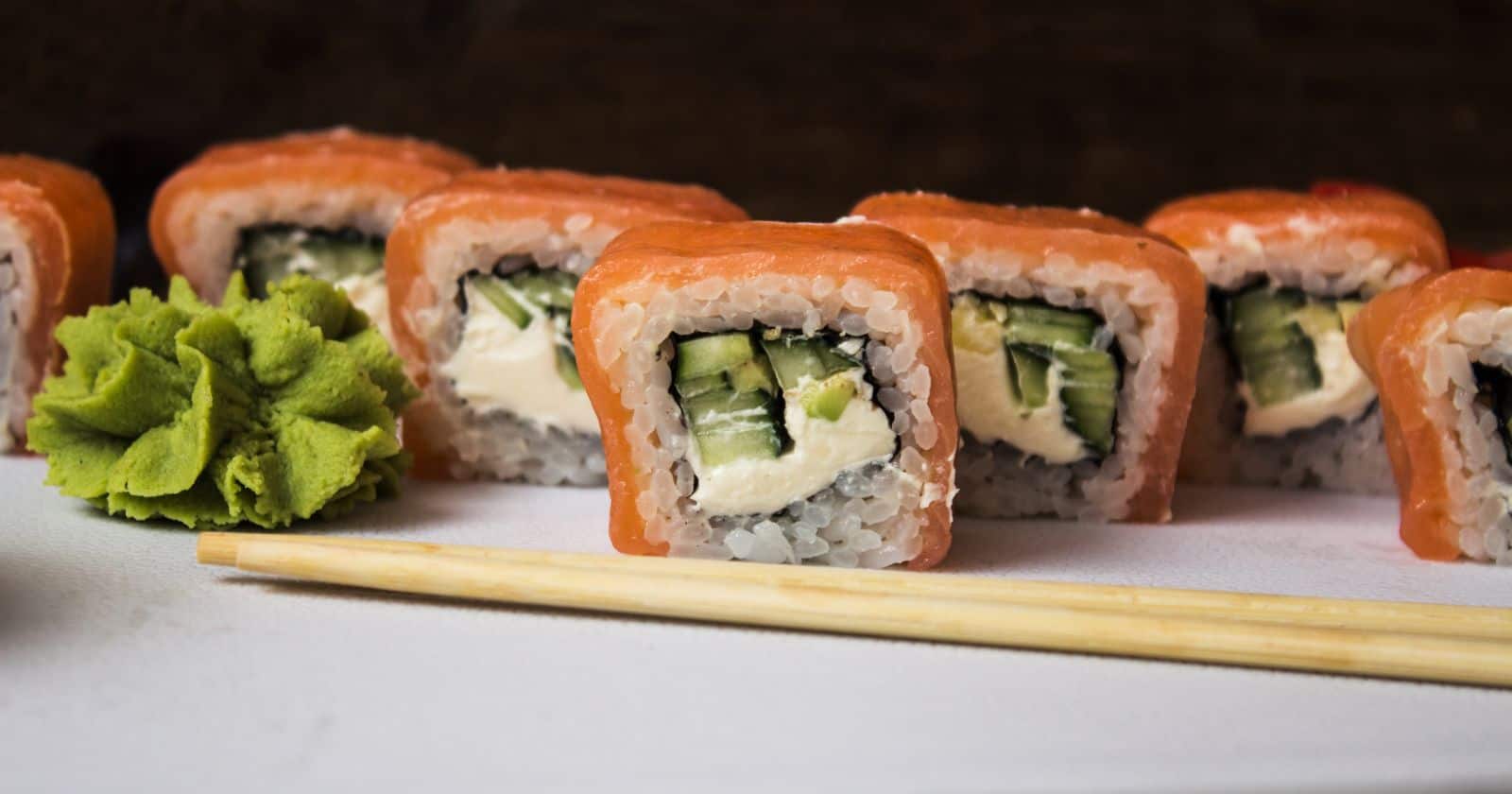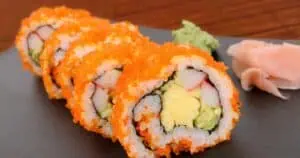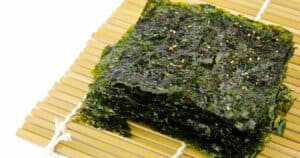Hey there curious foodies! If you love sushi, you may sometimes wonder – is sushi high in sodium? Well, the sodium in sushi can vary a lot. Some sushi has high sodium from soy sauce and salty fish. But other kinds are not too salty at all!
In this article, you’ll get the inside scoop on sodium in different sushi rolls. You’ll find out which ingredients make sushi salty. And you’ll get tips to order low-sodium sushi so you can keep enjoying those tasty rolls!
Read on to get the full story. You’ll learn:
- Which sushi rolls tend to be higher in sodium
- What ingredients make sushi salty
- How to order low-sodium sushi
- Tips to balance sodium when eating sushi
So grab your chopsticks and get ready to dive into the world of sushi and sodium! Let’s roll…
Sushi Ingredients That Boost Sodium
First things first – which ingredients typically make sushi higher in sodium? Here are some of the main culprits:
Soy Sauce
- Sushi dipped in soy sauce can contain a lot of sodium. Just 1 tablespoon of soy sauce has about 1000 mg of sodium!
- Soy sauce is often used in rolls like spicy tuna, shrimp tempura, dragon rolls, and more.
Smoked & Salted Fish
- Smoked salmon and other smoked fish can be quite high in sodium.
- Salted fish like salmon roe and masago also boost the saltiness.
Pickled Vegetables
- Pickled ginger and pickled daikon radish are common sushi toppings. But the pickling process increases sodium.
Fried Foods
- Tempura batter often contains sodium from seasoning. Deep frying can also add trans fats.
Seaweed
- Seaweed wraps for sushi do contain some natural sodium. But it’s typically not a huge source compared to sauces and fillings.
Mayonnaise-Based Sauces
- Spicy mayo, eel sauce, and creamy sauces made with mayo tend to be high in sodium.
Sushi Rolls Highest in Sodium
Now that you know the main sodium sources in sushi, which rolls tend to be saltiest? Here are some of the top culprits:
California Rolls
California rolls are a sushi staple. But with crabstick, avocado, cucumber, and various sauces, they can be surprisingly high in sodium:
- A California roll may contain around 730 mg sodium per 100g sushi.
Spicy Tuna Rolls
Fresh tuna is low in sodium. But most spicy tuna rolls also incorporate spicy mayo sauce:
- Spicy tuna rolls can have about 630 mg sodium per 100g sushi.
Shrimp Tempura Rolls
The combination of tempura shrimp and spicy mayo drives up the sodium content:
- Shrimp tempura rolls may have around 510 mg sodium per 100g.
Dragon Rolls
Dragon rolls are loaded with salty toppings like eel, avocado, and eel sauce:
- A typical dragon roll can pack roughly 500 mg sodium per 100g sushi.
Spider Rolls
Fried soft shell crab and creamy sauces create a sodium overload:
- Spider rolls can contain about 460 mg sodium per 100g.
Rainbow Rolls
With various fillings and toppings, rainbow rolls offer a sodium rollercoaster:
- Rainbow rolls average around 440 mg sodium per 100g sushi.
Sushi Options Lower in Sodium
Luckily, there are also many lower sodium sushi options to help balance your intake. Here are some of your best bets:
Sashimi
Thinly sliced raw fish without rice or heavy sauces – a great way to limit sodium:
- Sashimi generally contains around 200 mg sodium per 100g.
Cucumber Rolls
Simple and refreshing cucumber rolls make a nice low sodium choice:
- Cucumber rolls have just about 180 mg sodium per 100g sushi.
Avocado Rolls
Creamy avocado rolls offer healthy fats without all the salt:
- Most avocado rolls have approximately 150 mg sodium per 100g.
Salmon & Tuna Nigiri
These fish slices on rice are light on sauces and salt:
- Salmon or tuna nigiri usually provides about 100 mg sodium per piece.
Seaweed Salad
A seaweed salad makes a nice low sodium sushi accompaniment:
- Seaweed salads contain around 95 mg sodium per 100g serving.
Tips for Low-Sodium Sushi
Here are some handy tips for reducing your sodium intake when eating sushi:
Choose Sauces Wisely
- Opt for low-sodium soy sauce or vinegar when dipping your sushi.
- Avoid spicy mayo, eel sauce, and creamy dressings.
Skip the Salt
- Don’t add extra salt to your sushi or dip into salty ponzu sauce.
Balance with Potassium
- Help flush sodium by choosing potassium-rich sushi fillings like tuna, salmon, yellowtail, and halibut.
Drink Green Tea
- Enjoy some green tea with your sushi – it contains antioxidants that are beneficial for heart health.
Split Rolls
- Share rolls with a friend to limit your overall sodium intake.
Savor Sashimi
- Savor fresh sashimi and nigiri dishes to cut down on sodium and carbs from rice.
Add Veggies
- Bulk up rolls with extra cucumber, avocado, asparagus, or other low sodium veggies.
The Verdict on Sushi & Sodium
So in summary – is sushi high in sodium? The answer is it depends. Soy sauce, smoked fish, fried foods, and sauces can drive up sodium. But you have many options for lower sodium sushi, like sashimi, veggie rolls, and nigiri.
Pay attention to sodium-boosting ingredients and choose wisely when ordering. With the right choices, you can definitely enjoy sushi while keeping your sodium in check!
Hope this guide helps you balance nutrition and fun when eating one of your favorite foods. Now grab those chopsticks and go savor some tasty sushi!





